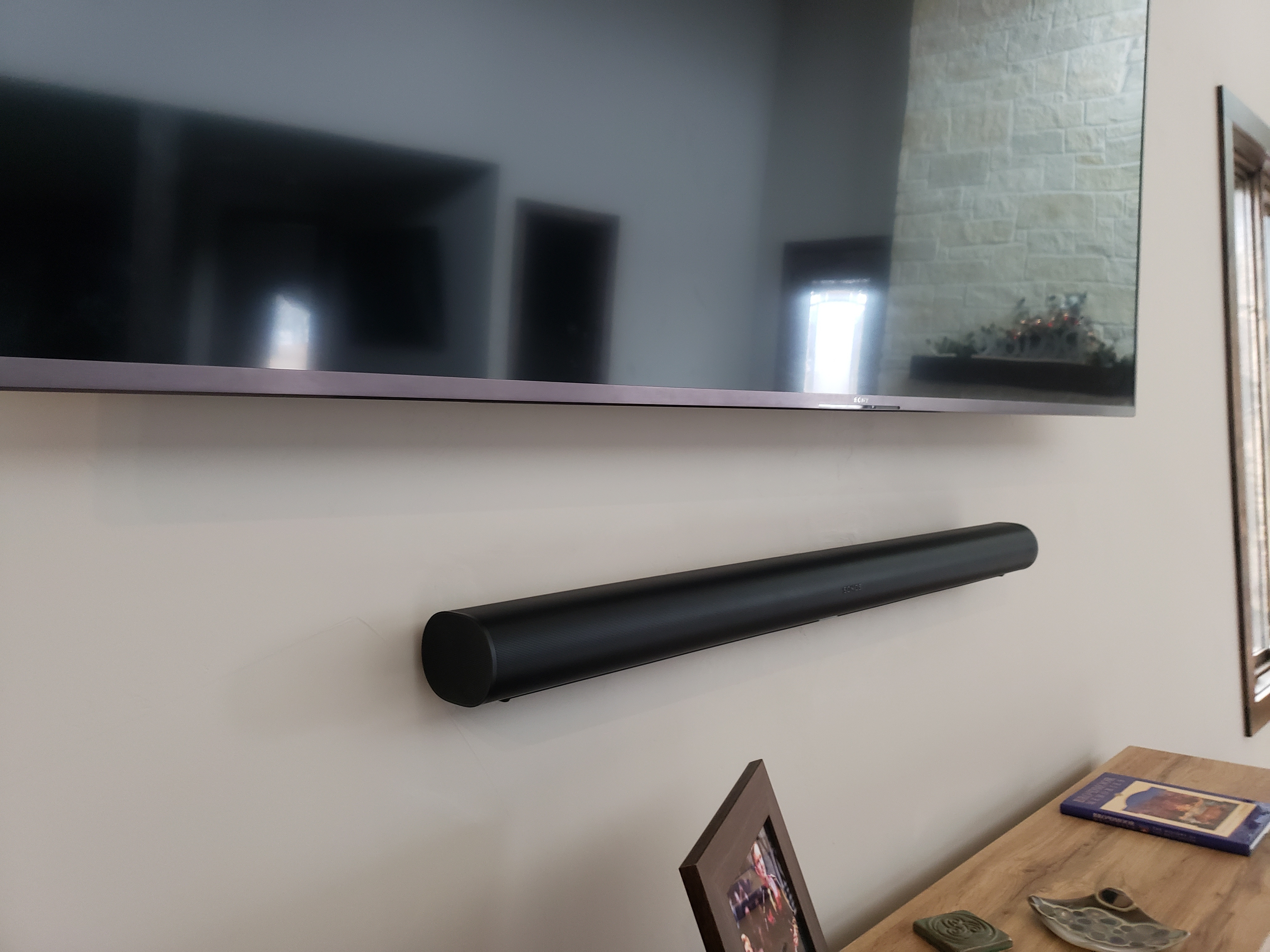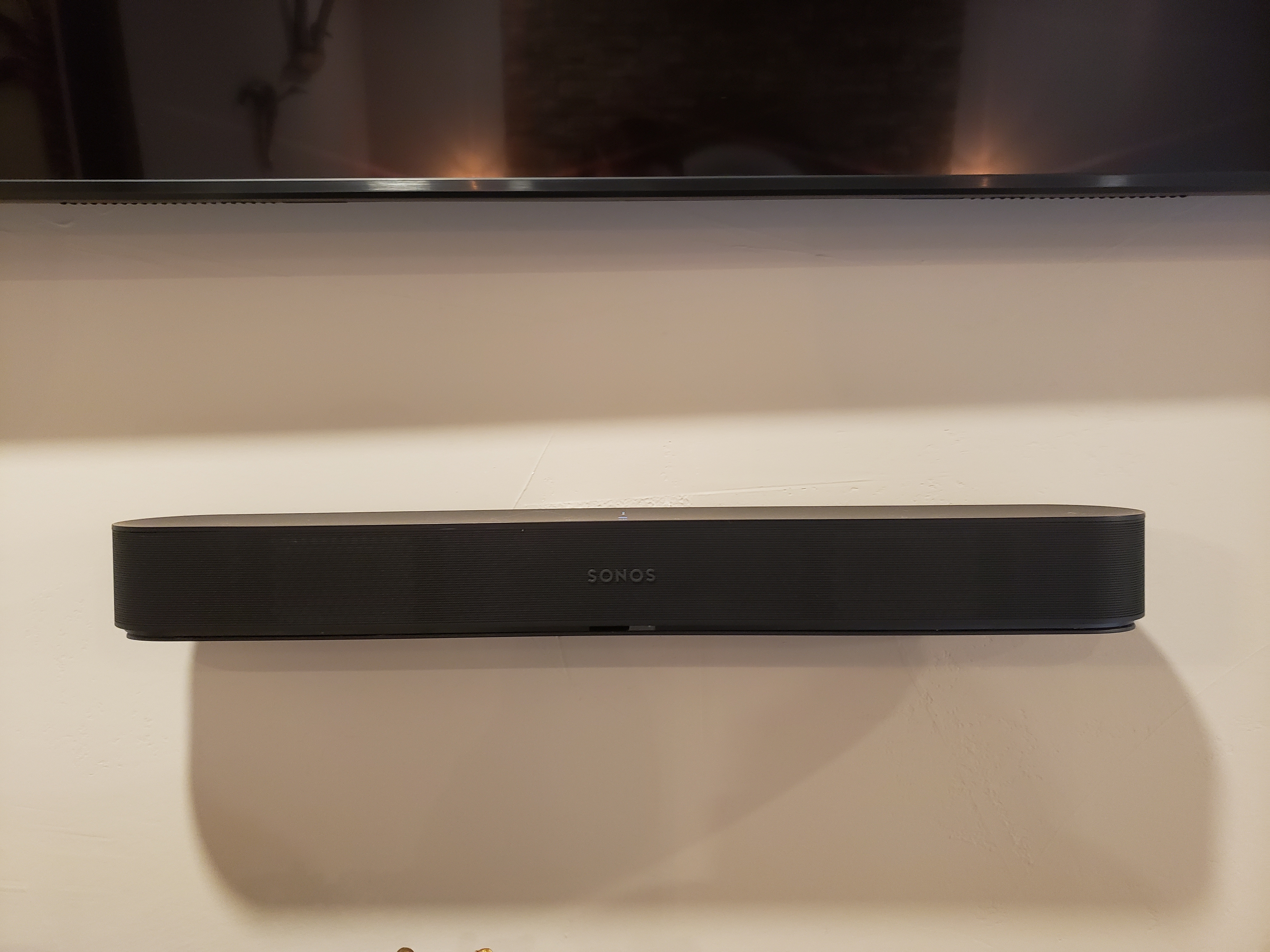I built a home and installed a rather large and complex Sonos system. I have ARC +Sub, Beam +Sub, three Amps driving 12 Architectural speakers in different areas of the house, Sonos Port to send Bluetooth signal to my hot tub, plus two Roams that move around. My wife starts off our morning using the Alarm feature, and the system is used all-day long and through the evening when I finish work and get home. Basically, the the system runs 0630 to 2300 every day (over 16 hours).
You will see that when I built the house, I installed the Arc and Beam the way they were intended to be mounted (see photos), and all three Amps and the Port are installed in hidden compartments in closets so that you never see them. The Arc, Beam, and all three Amps have Gigabit Ethernet running to them, and have Wi-Fi enabled. WiFi is 5GHz in an AI Mesh system with three different access points in the mesh (Asus Routers with Gigabit Ethernet backhaul between all mesh points).
We use the Sonos S2 app on multiple Android Phones, an iPad Pro, and the PC version installed on three different laptops and an i9 powered desktop. The app on multiple different operating systems is remarkably well behaved.
While this system behaves exceptionally well, about every 6 weeks, some small bug will creep up. Sometimes it may be a small delay when grouping speakers. Sometimes the Sub in the bedroom will lose its connection (it is under the bed so it can’t be seen). Sometimes one of the zones serviced by an Amp will lose sound for 2 or 3 seconds, then start working again. Nothing is a big deal or game-stopper that prevents real enjoyment of the system. However, consider that all this gear cost about $7,500, and that is just the gear as I did all of the wiring and installation.
Current fix is to flip the circuit breakers in the electrical panel that service all these devices. That is easy for the Arc, Beam, and Port, but the Amps are on a Uninterruptible Power Supply / Power Conditioner, so that requires that I get a ladder to reset that power supply, and the Roams of course have their own battery, so those require a power button restart. When I do this, I also restart all of the network gear as well (which I can do from a command line).
I would like to see an option to send a full reboot command to all devices. It seems logical to have this in “System → System Settings → System Update”, and put the button under the “Check for Updates” button. If there is some concern about having this, perhaps hide it with a “PowerUser” type command required to unhide. Something like how Android does by requiring you to click on System → Settings → About Phone seven times to unlock Developer mode.
I see this has been requested multiple times in the community but all of those previous threads have comments closed. Can someone please put this into your update considerations?




